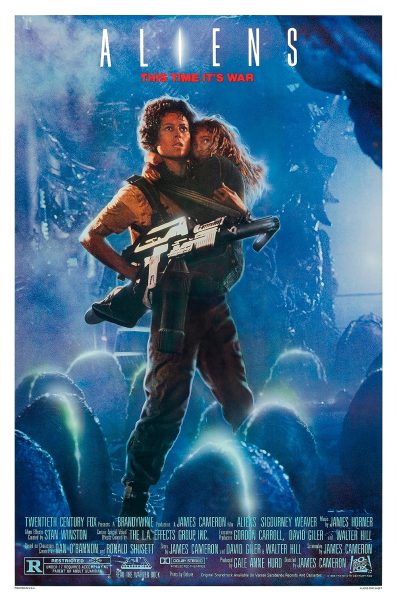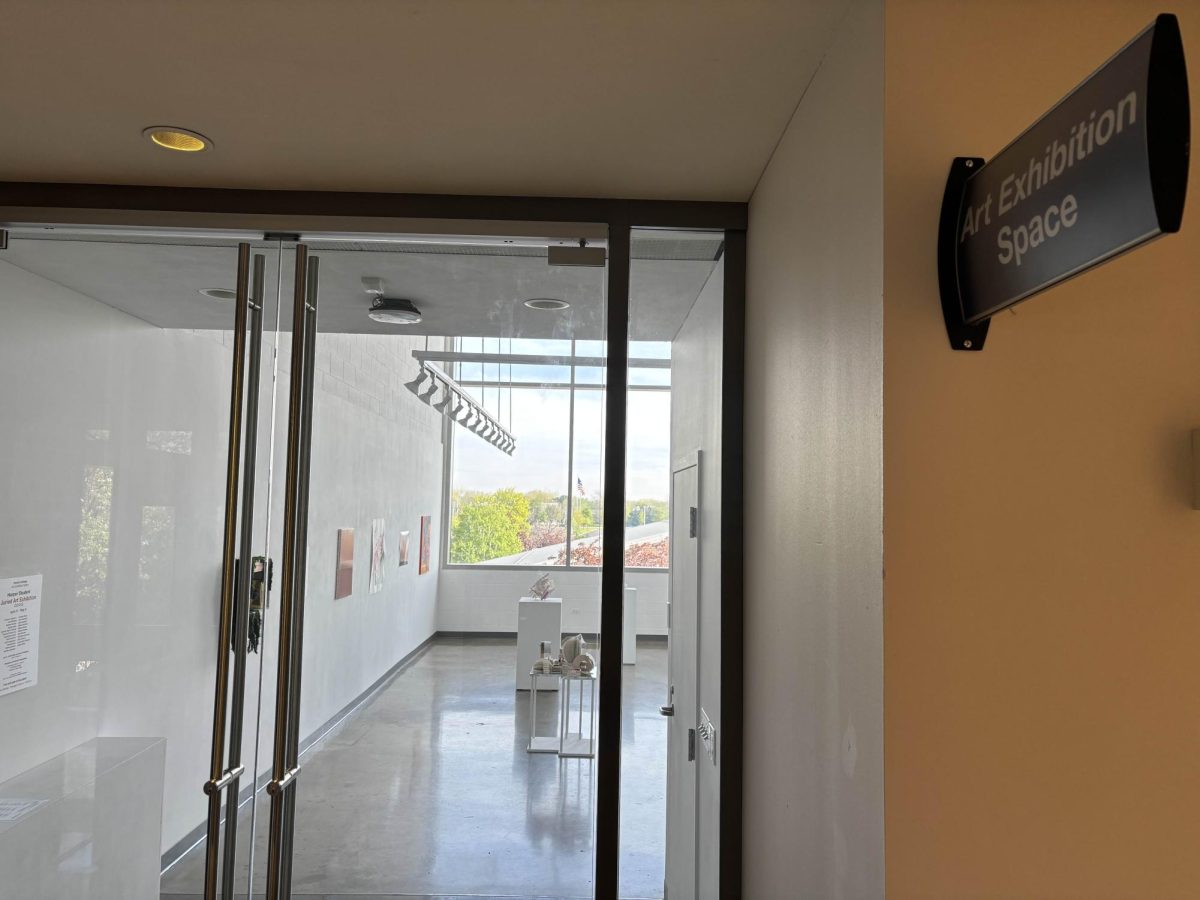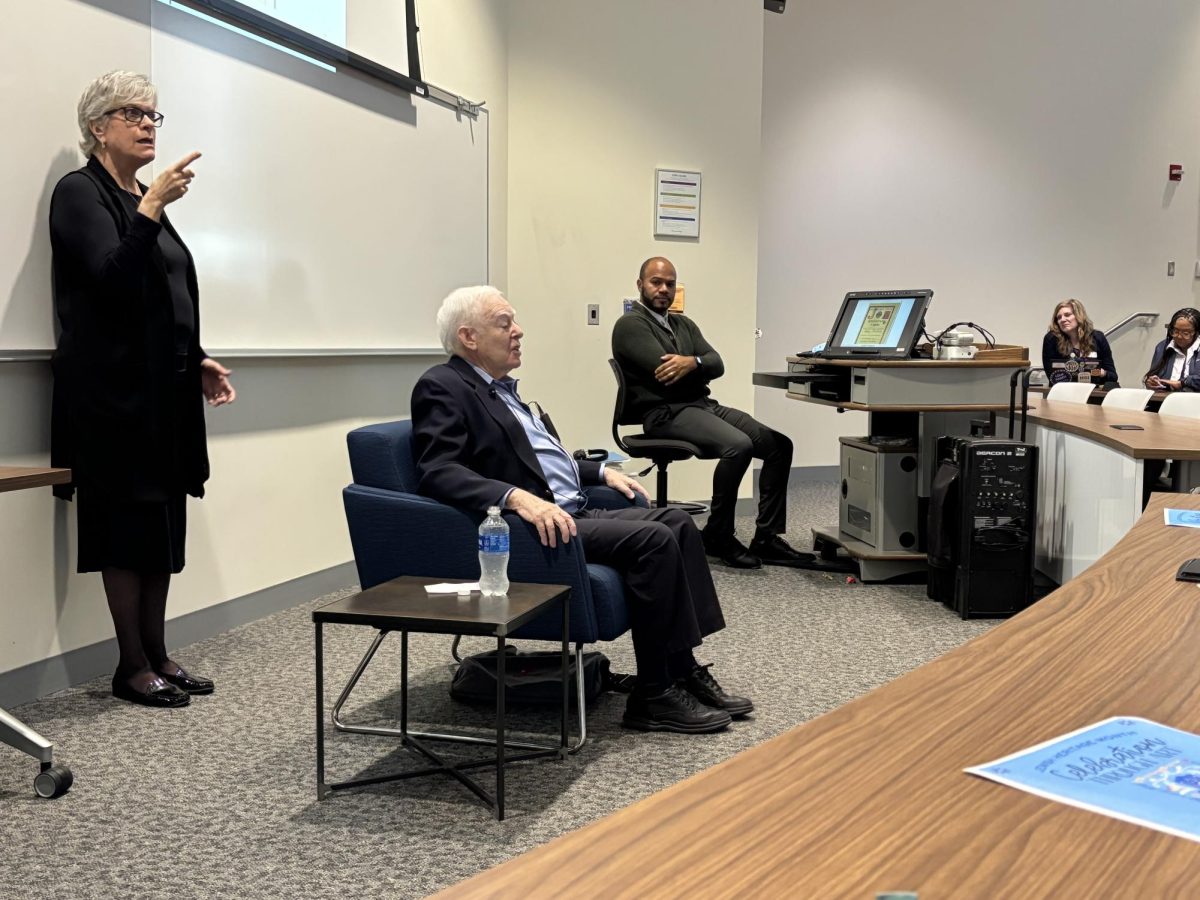
Considered by science fiction fans to be one of the greatest, if not the greatest, sequels in the genre, Aliens sees then-newcomer James Cameron (The Terminator, Titanic, Avatar) take the helm as both writer and director. Students had a chance to catch a screening of this classic for free with a side of popcorn for the ongoing Harper Film Festival. Aliens kicked off the Film Festival’s horror unit for October, and upcoming features include Bong Joon Ho’s The Host and John Carpenter’s The Thing. Screenings for the Film Festival can be found every Wednesday at 6pm in Building E: newcomers are welcomed and encouraged!
Cameron had big shoes to fill following up the massive success of Alien (1979) and the negative connotation surrounding the “bad sequel” trope often associated with horror movies at the time. He clearly had a vision though, and was able to build off the groundwork laid by Ridley Scott’s source material without changing the formula so much that it felt redundant or outlandish.
The narrative sees Ellen Ripley, played by Sigourney Weaver, pulled from a 57-year stasis by her employers, the Weyland-Yutani Corporation. As the lone survivor of the events of the first film, Ripley is plagued by flashbacks of her encounter with the xenomorph alien – however, as soon as they begin to subside, she is briefed on her next mission to investigate possible alien activity on a colony planet. They promise her protection by sending a team of Colonial Marines along with her, who are given orders to destroy any signs of alien life without exception. Ripley and the corporation representative, Burke, agree on these terms and the ill-fated cosmic journey truly commences.
Thematically and narratively, many parallels are drawn to the Vietnam War and how unprepared troops were sent into a fight they never should have been involved in backed by corporate interest. This can also be seen in the design of the Colonial Marines’ uniforms, which have a retro-futurist feel with the clash between camo tank tops, dog tags and sci-fi gadgetry. These themes are further explored as the ethical dilemma of going to kill something in its natural environment is pondered by those on the expedition. Seeing the atrocities of war and violence addressed thoughtfully in a blockbuster sci-fi flick was certainly refreshing, and spoke to the very different era of blockbusters Aliens and its predecessor are a product of.
Motherhood is another thematic focus throughout, and is looked at through a very primal lens. If there’s one message to take away from Aliens, it’s that nobody messes with a mother and her kin. The positive side of this is embodied by the introduction of Newt, played by Carrie Henn, whom Ripley takes care of after finding out her family has been killed. The horrific side of this is embodied by the xenomorphs and the discovery of their nest, which really works because the universality allowed for two opposing interpretations of similar motivations, as well as making the xenomorphs not necessarily evil but terrifying all the same.
This theme is present not only in the narrative, but in the visual design of Aliens itself: the creatures serve as abstractions of the pain of childbirth and mirror distorted human anatomy. This aspect is thanks to the work of the Swiss artist, H.R. Giger, who inspired the design for the intentionally phallic xenomorph and whose catalogue is known for its bizarre sexual imagery.

Special effects and set design are a highlight, with an attention to detail that flex Cameron’s prior work in VFX. The winding tunnels, grates, hydraulic bursts of steam, and deep red lights make the space facility a terrifying maze to be trapped inside with a swarm of xenomorphs.
The terrain of the planet around them is sprawling: seemingly endless rows of unnatural and identical earthen structures loom over Ripley and the marines no matter where they turn. This imagery, paired with the greenish-blue tones in the color-grading, create an uncanny and unsettling atmosphere perfect for the H.R. Giger-inspired creatures to inhabit.
The practical effects almost entirely hold up, with only a few moments where the wide shots of spaceships were shaky or aliens looked rubbery. However, a lot of moments where the effects look dated are barely noticeable due to how well lit the movie is. The creatures are almost never shown directly and are often shrouded in darkness – which kills two birds by building tension and doing so without cheapening any scares.
Sigourney gives an expectedly magnetic performance, and the supporting cast also do a great job for the most part. The aforementioned Carrie Henn gave a solid performance for a 12-year-old, Lance Henrikson plays a hard-to-read and monotone android and Paul Reiser as Burke is one of the easiest characters to hate possibly ever. One of the most unforgettable line deliveries comes from Bill Paxton, who plays the anxious Pvt. William L. Hudson, exclaiming, “Game over man, game over!” as all hope seems lost.
The dynamic of the group is quickly established at the beginning and just as quickly dissolves as they are split up in classic horror fashion. While it would have been cool to see more scenes of the whole crew together, seeing how different characters bond in smaller groups make the setting feel larger and keeps the audience on edge not knowing who will survive.
Aliens is an easy recommendation for fans of science fiction and horror alike and is well worth watching this season. And remember, not even the queen xenomorph can out-mother Sigourney Weaver.




